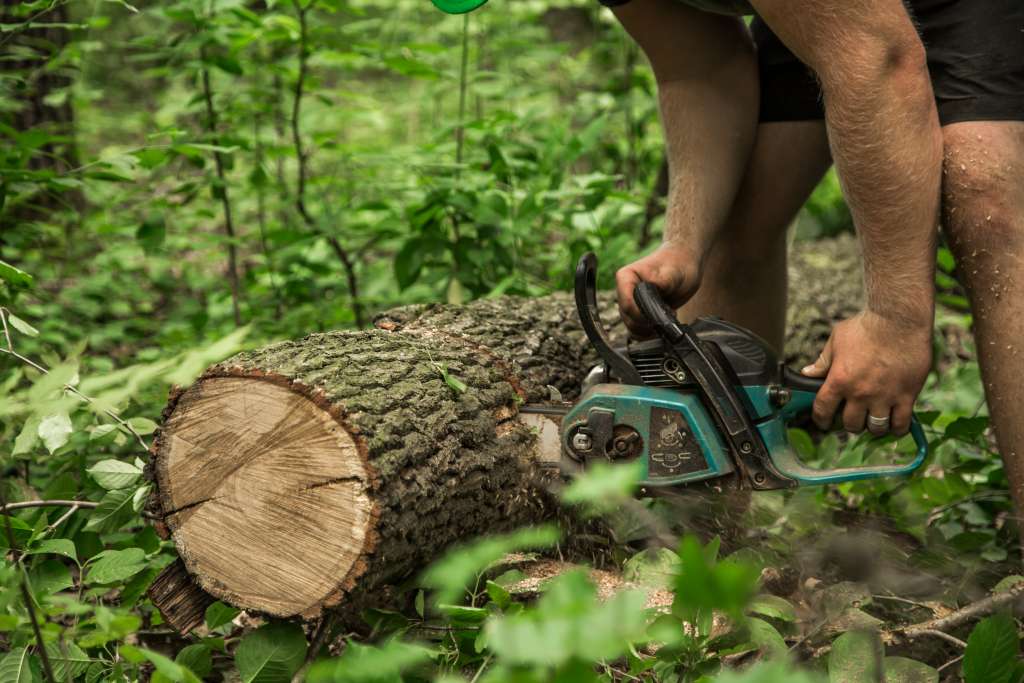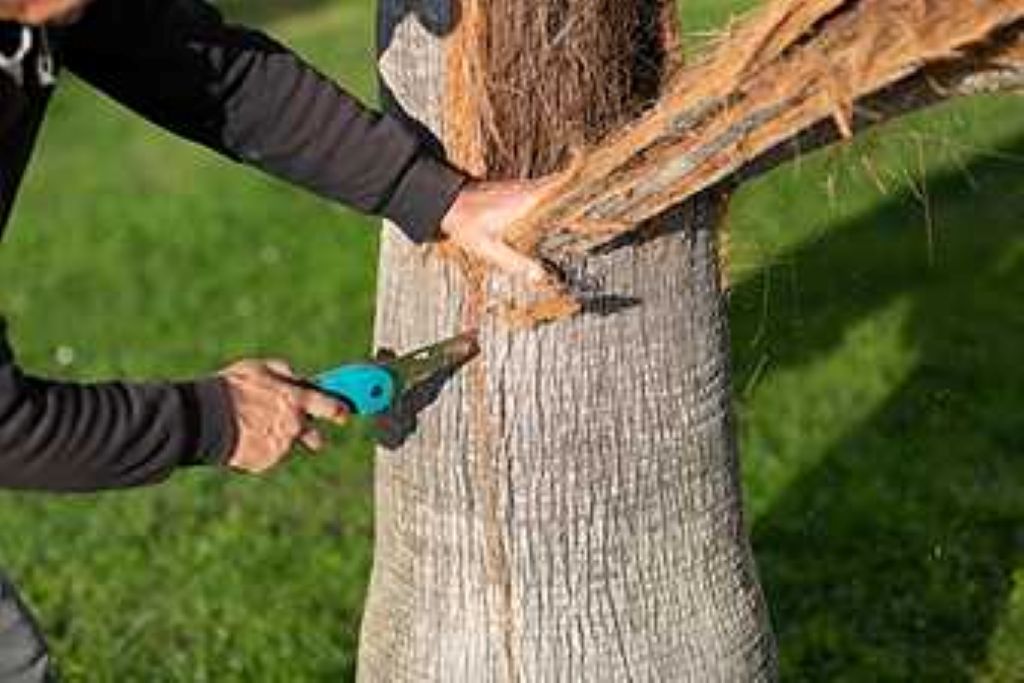When performing small tree removal in your yard, you must approach the task with care and accuracy. This is because the tree is rather modest. Whether you’re removing an unattractive tree or clearing space for a new project, it’s critical to take the proper precautions to make the job go more smoothly. With the help of our detailed and step-by-step instructions on how to remove a small tree, you will acquire the knowledge necessary to safely and successfully remove small trees.
Assess the Situation for Small Tree Removal
Before you start small tree removal, take a moment to assess the situation. Examine the tree’s size, location, and surrounding environment. It is critical to evaluate any potential barriers that may slow down the removal procedure, such as nearby buildings, power lines, or other trees.
Putting Together the Essential Instruments
If you want to completely remove a small tree, you will need to have the appropriate equipment for the task. Examples of these include:
- If you need to chop smaller branches, pruning shears is the perfect tool.
- It is helpful to use a hand saw when cutting thicker branches.
- Having a chainsaw is very necessary in order to cut through the trunk of the tree.
- For the purpose of excavating around the tree’s roots, a shovel is required.
- During the process of removal, you must always use protective gear such as gloves, goggles, and strong boots to safeguard yourself.
How to Remove a Small Tree Safely?

At the beginning of the small tree removal process, you should clean the space surrounding the tree. To ensure that the removal procedure goes as smoothly as possible, remove any rocks, dirt, or other things that could be in the way. Make certain that there is sufficient room for you to operate in a manner that is both secure and productive.
Trimming the Branches of Small tree
To begin small tree disposal, you should begin cutting the smaller branches of the tree by using either your pruning shears or your hand saw. You should begin from the bottom and work your way up, removing any branches that are in the way or that are obscuring your view of the trunk.
Cut the trunk of a small Tree.
When you have finished trimming away the lesser branches, it is time to approach the trunk of the tree. Utilize your chainsaw to create a cut in a horizontal direction close to the trunk of the tree. Make it your goal to cut as near to the ground as you can without coming into contact with any obstructions.
Digging Around the Roots
It is now time to dig around the tree’s roots now that the trunk has been chopped down. Make use of your shovel to break up the dirt and reveal the roots that are buried under the surface. While you are working your way around the tree, be careful not to do any harm to any plants or buildings that are close.
Removing the Tree
At this point, it is necessary to remove the tree from the ground after you have first loosened the dirt that is around the roots. To bring the tree down in the direction you want it to fall, gently pull it in that direction with the assistance of a buddy or a thick rope. To prevent any mishaps, be sure to take your time and use care.
Filling the Hole after tree removal
Once the tree has been removed, the hole that was left behind should be filled with dirt. To make sure that the dirt is packed in securely, you should tamp it down forcefully. For further professional tree assistance in enhancing the fertility of the soil, consider adding some mulch or compost.
Small Tree Removal and Disposal
After that, you will have to dispose of the tree properly. You may be able to chop it into smaller pieces and dispose of it in the yard trash container, but this will depend on the size of the item. Additionally, you have the option of employing a professional tree removal agency to handle the situation on your behalf.
Conclusion
Performing removal of a small tree in your yard doesn’t have to be a difficult task. If you follow these measures and take your time, you will be able to remove a small tree safely and efficiently, with no damage to your home or the surrounding environment.
Please keep in mind that you should always approach the activity with caution, wear suitable protective clothes, and utilize job-specific equipment. In no time, you will have a space that is free and ready for whatever your plans are!
FAQs
Would it be risky for me to cut down a tiny tree by myself?
To answer your question, yes, small tree removal can be done on your own, but it is essential to take the appropriate safety measures and use the appropriate equipment for the task. Consulting a professional is always the best course of action to take in situations when you are uncertain or uneasy about the procedure.
How long does it take to cut down a tree that is not very large?
It is possible for the amount of time required to cut down a small tree to change based on a number of variables, including the size of the tree, its location, and the instruments that are being used. The whole procedure of removal might take anything from a few hours to a whole day, depending on the specifics of the situation.
If I want to cut down a small tree to remove it from my yard, do I need a permit?
If you want to cut down a tree, even if it is on your property, you may be required to get permission in some regions. Before beginning the process of removal, it is important to check with the government in your area or the homeowners’ association to see whether or not any permissions are necessary.
Is it possible to transplant a tiny tree after it has been removed?
You may, in many instances, transplant a tiny tree after you have removed it from its location. To ensure that the tree has the greatest possible opportunity of flourishing in its new site, it is essential to ensure that the soil is adequately prepared and that suitable planting practices are followed.
How much does it cost to cut down a tree that is not very large?
The small tree removal cost can vary based on some factors, including the size of the tree, its location, and whether or not you engage a professional to do the task. When it comes to spending money on tree removal services, you can anticipate paying anywhere from $100 to $500 on average.





